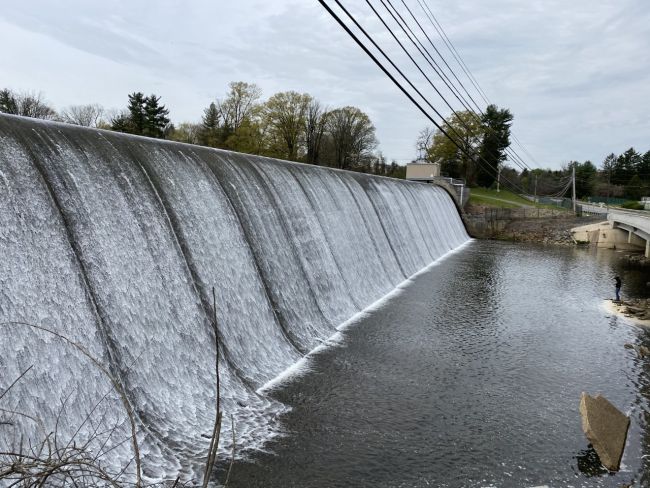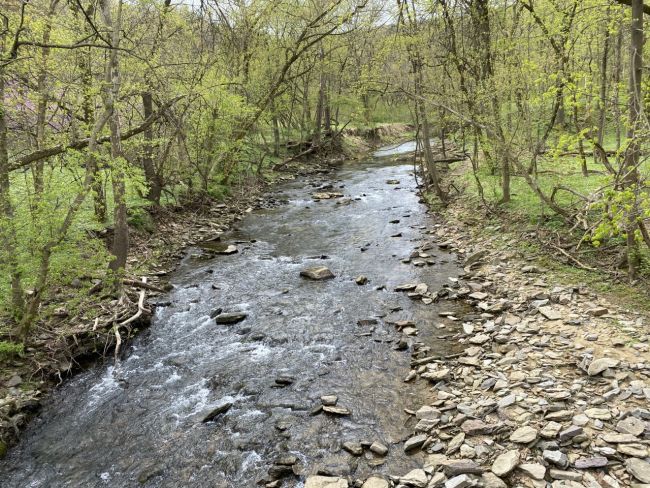As a consumer can you trust the laws governing your drinking water?
Throughout the country, the public depends on federal, state and local jurisdictions to monitor water supply. They are guided by standards set out by the the Environmental Protection Agency. The EPA establishes the standards for how many contaminants are allowed in drinking water and delegates most of the enforcement of those policies to individual states.
Dr. Caroline Nielsen, biology and environmental professor, said, when those state environmental protection agencies aren’t doing an adequate job fulfilling their water monitoring responsibilities, an event such as what happened in 2014 in Flint, Michigan, could occur. In Flint, lead was leached into the public water system supply because of the state of Michigan’s decision to cut-costs for monitoring water supply.
EPA rules require that water suppliers post a drinking quality water report annually for consumers. Each contaminant has a maximum amount that is legally allowed in drinking water called maximum contaminant level. The maximum contaminant level protects the public against long-term exposure to toxicity caused by contaminants.
Robert Robbins tests, treats and samples water for the water department in Virden, New Mexico, to make sure drinking water maximum contaminant level standards are maintained.
“Unless your water is strictly from wells, one time a year sampling is not enough,” Robbins said.
The main source of drinking water for Philadelphia and surrounding areas is surface water. Surface water comes from rivers, lakes, stream systems and wetlands.

“Surface water can change overnight,” Robert Robbins, a wastewater process control operator 2, said.
During periods of heavy precipitation and snowmelt, surface water is more likely to become contaminated because of overflows due to combined sewer systems.
A combined sewer system simultaneously collects rainwater runoff, domestic sewage, and industrial wastewater and toxic materials within one single pipe or shared system.
When combined sewer overflows exceed capacity and are not able to drain properly, they release untreated human and industrial waste, toxic materials and debris into nearby streams, rivers and other water bodies, which make up our surface water. These overflows are also responsible for the contamination and spread of pathogens to surface water, that may lead to waterborne illnesses.

Philadelphia, like some other cities, still uses combined sewer systems, because of dated infrastructure and the high cost that comes with implementing other systems. Studies show Philadelphia remains a city of interest when it comes to waterborne illnesses due to flooding because of the large amount of impervious land surfaces or surfaces that water cannot penetrate (for example, concrete pavements or asphalt roads and large parking lots).
One study shows how elderly residents of Philadelphia remain at risk of waterborne gastrointestinal illness even under current water treatment operation.
In Montgomery County, Pennsylvania, 31 contaminants were found in the drinking water treated by Aqua Pennsylvania Main System, which serves many areas in and around Philadelphia. AQUA Pennsylvania Main System serves 747,460 people in Montgomery County, Pennsylvania.

11 of the 31 contaminants found exceeded health guidelines set forth by the Environmental Working Group. Six of those contaminants are widely unregulated.
The Environmental Working Group is a nonprofit research and education organization that aims to protect the health of the public and environment. The Environmental Working Group’s guidelines are set by analysis of data from health professionals and researchers because of the ever changing research of toxicity of contaminants. The Environmental Working Group may be a useful resource for drinking water consumers to find out up-to-date information for protecting their health.
“The federal government’s legal limits are not health-protective,” EWG.org states. “The [Environmental Protection Agency] has not set a new tap water standard in almost 20 years, and some standards are more than 40 years old.”
The 11 contaminants that exceeded the Environmental Working Group’s health guidelines were: Bromodichloromethane, Chloroform, Chromium (hexavalent), Dibromochloromethane, Dichloroacetic acid, Nitrate, Radium, combined (-226 & -228), Tetrachloroethylene (perchloroethylene), Total trihalomethanes (TTHMs), Trichloroacetic acid, Uranium.
One of the contaminants on the list, hexavalent chromium, is especially bad according to Davis.
“If there is a separate water supply like one that goes to faucets, then you can really put a high effort into purifying the water that is actually going to get ingested and less effort into water we use to flush our toilets and water our lawns,” Davis said. “Because it really doesn’t matter if the water you flush your toilet with has hexavalent chromium in it, it is not going to do anything to you.”
The following link provides comprehensive information for unregulated contaminants legally allowed in public drinking water found in Montgomery County, Pennsylvania, water supply. The contaminants are found to cause morbidities such as respiratory failure, liver and kidney damage, reproductive toxicity, central nervous system dysfunction, eyes, skin, nose and throat irritation and cancer.
Davis believes that policy can play a part in how safe our drinking water is.
Davis said, prior to the current federal government administration, the EPA had pretty good standards; they were a balance between public safety and what could realistically be managed.
In 2017, legislation was passed to deregulate laws and ease restrictions that prevented industries and businesses from heavily polluting both air and water.
“Right now, technically, companies can just dump their stuff into the river and they are not going to be held liable,” Davis said.


